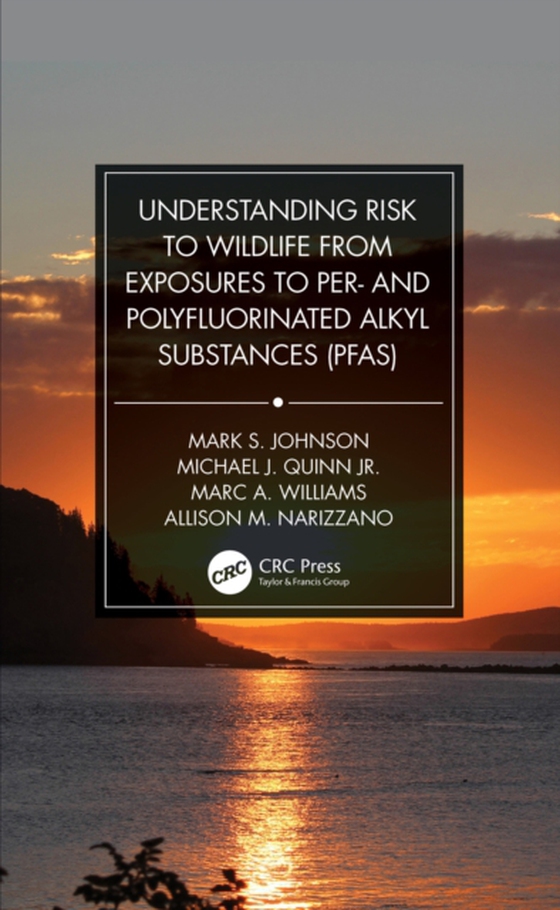
Understanding Risk to Wildlife from Exposures to Per- and Polyfluorinated Alkyl Substances (PFAS) e-bog
948,41 DKK
(inkl. moms 1185,51 DKK)
Understanding Risk to Wildlife from Exposures to Per- and Polyfluorinated Alkyl Substances (PFAS) provides the most recent summary of toxicity data relevant to mammals, birds, reptiles, and amphibians, and provides values for use in risk assessment applications. Predicting the bioaccumulation of PFAS in terrestrial wildlife (including humans) has proven to be extremely complex. As a group, PFAS...
E-bog
948,41 DKK
Forlag
CRC Press
Udgivet
21 april 2021
Længde
162 sider
Genrer
PSBT
Sprog
English
Format
epub
Beskyttelse
LCP
ISBN
9781000375886
Understanding Risk to Wildlife from Exposures to Per- and Polyfluorinated Alkyl Substances (PFAS) provides the most recent summary of toxicity data relevant to mammals, birds, reptiles, and amphibians, and provides values for use in risk assessment applications. Predicting the bioaccumulation of PFAS in terrestrial wildlife (including humans) has proven to be extremely complex. As a group, PFAS act differently than traditional non-ionic organic molecules, where PFAS can break down and reform, whereas some are demonstrated to be extremely persistent. Where sufficient data are provided, this book establishes toxicity reference values (TRVs), which are derived to assist in characterizing environmental sources of contamination and making risk-based decisions.Features:Provides toxicity reference values (TRVs) for vertebrates (mammals, birds, amphibians) for PFAS, where sufficient data are available, and includes objective supporting background information.Assigns a level of confidence to each TRV to provide the risk assessor with an understanding of the relative uncertainty associated with each value.Presents toxicity data in the formats of scatter diagrams and tables for quick review and assessment.Provides TRVs relevant for screening and decision makinga This book serves as a useful aid for risk assessors and managers in those industries that have sites contaminated with PFAS, consultants tasked with evaluating risks at such sites, and staff at regulatory agencies at various governmental levels, who need to know how much contamination is considered safe for wildlife. It will also appeal to researchers with an interest in filling the gaps in the current toxicological data for PFAS exposure.
 Dansk
Dansk

